Strawberries, with their vibrant color, juicy texture, and sweet-tart flavor, are among the most perishable fruits globally. Their delicate nature makes post-harvest storage and preservation critical to minimizing waste and maximizing profitability for growers, distributors, and retailers. Warehouses play a pivotal role in this supply chain, as they serve as hubs for sorting, packing, and temporarily storing strawberries before they reach consumers. However, maintaining the quality of strawberries during warehouse storage requires a meticulous approach, combining scientific principles with practical logistics. This article explores the key factors influencing strawberry preservation in warehouse settings, including temperature management, humidity control, atmospheric modification, packaging innovations, and sanitation protocols.
Understanding Strawberry Physiology and Post-Harvest Deterioration
Strawberries are non-climacteric fruits, meaning they do not ripen further after harvest. This characteristic underscores the importance of harvesting them at peak maturity and initiating preservation measures immediately. Upon detachment from the plant, strawberries undergo rapid physiological changes, including increased respiration rates, ethylene production (though minimal compared to climacteric fruits), and moisture loss. These processes accelerate senescence, leading to softening, discoloration, and microbial spoilage.
Key challenges in warehouse storage include:
- Respiration: Strawberries consume oxygen and release carbon dioxide, generating heat and depleting stored nutrients.
- Water loss: The fruit’s thin epidermis and high surface-area-to-volume ratio make them prone to dehydration, resulting in shriveling and loss of turgidity.
- Microbial growth: Fungi (e.g., Botrytis cinerea) and bacteria thrive in moist environments, causing decay and mold.
- Physical damage: Bruising or compression during handling exacerbates deterioration.
Temperature Management: The Cornerstone of Preservation
Temperature control is the most effective tool for slowing strawberry degradation. Lowering the temperature reduces respiration rates, inhibits microbial activity, and delays enzymatic browning. However, strawberries are chill-sensitive, and exposure to freezing temperatures causes irreversible cellular damage.

Optimal temperature range:
- 0–2°C (32–35.6°F) is recommended for short-term storage (up to 7–10 days).
- For longer-term storage (10–14 days), temperatures near 0°C are preferable, provided humidity and packaging are carefully managed.
Implementation in warehouses:
- Pre-cooling: Immediately after harvest, strawberries should be pre-cooled to remove field heat. Hydrocooling (immersing berries in cold water) or forced-air cooling are common methods.
- Refrigerated storage rooms: Warehouses must maintain stable temperatures using industrial-grade refrigeration systems. Fluctuations exceeding ±1°C can compromise quality.
- Insulated packaging: During transport within the warehouse, use insulated containers or pallets to shield strawberries from temperature spikes.
Humidity Control: Balancing Moisture Levels
Strawberries require high relative humidity (RH) to prevent dehydration but must avoid condensation, which promotes microbial growth.
Recommended humidity:
- 90–95% RH minimizes water loss without causing surface moisture accumulation.
Strategies for humidity management:
- Humidifiers: Ultrasonic or steam humidifiers can maintain RH in storage rooms.
- Anti-fog packaging: Films with hydrophilic coatings reduce condensation on packaging surfaces.
- Ventilation: Proper airflow prevents localized humidity buildup.
Modified Atmosphere Packaging (MAP): A Gas-Regulating Shield
MAP involves altering the composition of gases inside packaging to slow respiration and microbial activity. For strawberries, this typically involves reducing oxygen (O₂) levels and increasing carbon dioxide (CO₂).
Typical gas mixtures:
- 3–5% O₂ and 8–10% CO₂: Balances respiration inhibition without inducing off-flavors or discoloration.
Packaging materials:
- Perforated films: Allow controlled gas exchange while preventing excessive moisture loss.
- Puncture-resistant trays: Reduce physical damage during stacking and handling.
- Biodegradable options: Emerging materials like polylactic acid (PLA) combine sustainability with functionality.
Sanitation and Disease Control
Microbial contamination is a leading cause of strawberry spoilage. Warehouses must implement rigorous sanitation protocols to prevent pathogen introduction and spread.
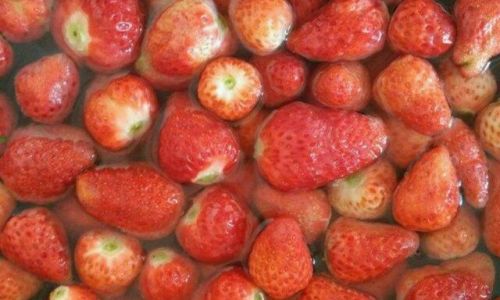
Key measures:
- Cleaning and disinfection: Regularly sanitize storage rooms, pallets, and equipment with food-safe agents (e.g., peroxyacetic acid).
- Hygiene training: Educate staff on handwashing, glove use, and avoiding cross-contamination.
- Fungicides and biopesticides: Apply approved treatments (e.g., sulfur dioxide pads) to packaging to inhibit mold growth.
Advanced Technologies for Extended Shelf Life
Modern warehouses increasingly adopt cutting-edge technologies to enhance strawberry preservation.
- Ozone treatment: Low concentrations of ozone (O₃) sanitize storage environments and neutralize ethylene.
- UV-C light: Short-wavelength ultraviolet light kills surface pathogens on strawberries without chemical residues.
- Smart sensors: IoT-enabled devices monitor temperature, humidity, and gas levels in real time, triggering alerts for deviations.
- Controlled atmosphere storage: Combines low temperature, modified gases, and humidity control for extended preservation (up to 21 days).
Handling and Inventory Management
Even with optimal storage conditions, improper handling can negate preservation efforts.
Best practices:
- Gentle handling: Use conveyor belts with soft surfaces to minimize bruising.
- First-In-First-Out (FIFO): Rotate stock to ensure older batches are shipped first.
- Quality sorting: Remove damaged or overripe strawberries during packing to prevent contamination.
Pre- and Post-Storage Treatments
Certain treatments before or after harvest can enhance strawberry resilience during storage.
- Pre-harvest calcium sprays: Strengthen cell walls, reducing post-harvest softening.
- Edible coatings: Apply wax-based or chitosan coatings to reduce moisture loss and microbial invasion.
- Cold chain integrity: Ensure seamless refrigeration from field to warehouse to retail.
Challenges and Limitations
Despite advancements, warehouse storage of strawberries faces hurdles:
- Energy costs: Maintaining low temperatures and high humidity is resource-intensive.
- Variable fruit quality: Inconsistent harvest practices reduce storage potential.
- Supply chain delays: Unplanned logistics disruptions can shorten shelf life.
Future Directions
Research focuses on sustainable, cost-effective solutions, such as:
- Nanotechnology: Edible nano-coatings with antimicrobial properties.
- Gene editing: Developing strawberry varieties with longer post-harvest life.
- AI-driven analytics: Predictive models to optimize storage conditions based on real-time data.
Conclusion
Preserving strawberries in warehouse environments demands a multi-faceted approach, integrating temperature control, humidity management, gas regulation, and stringent sanitation. By adopting advanced technologies and adhering to best practices, stakeholders can extend strawberry shelf life, reduce food waste, and meet the growing global demand for this beloved fruit. As supply chains evolve, the pursuit of efficiency and sustainability will remain central to strawberry preservation, ensuring that consumers enjoy peak-quality berries year-round.

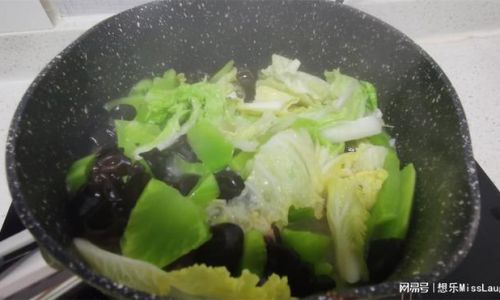

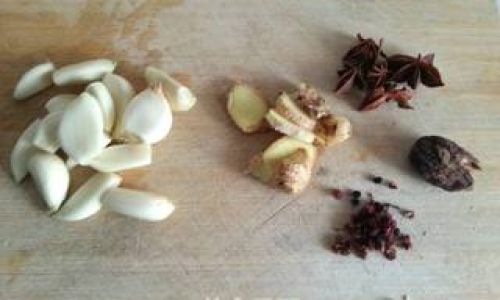
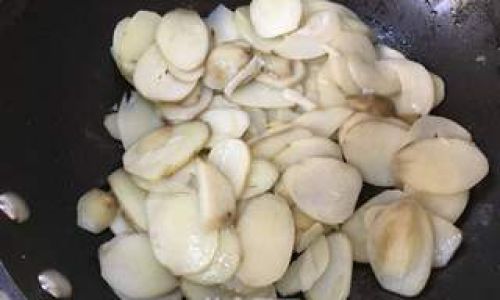
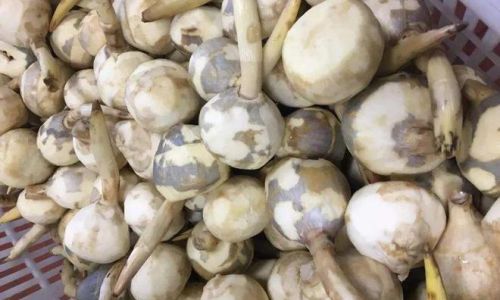
0 comments